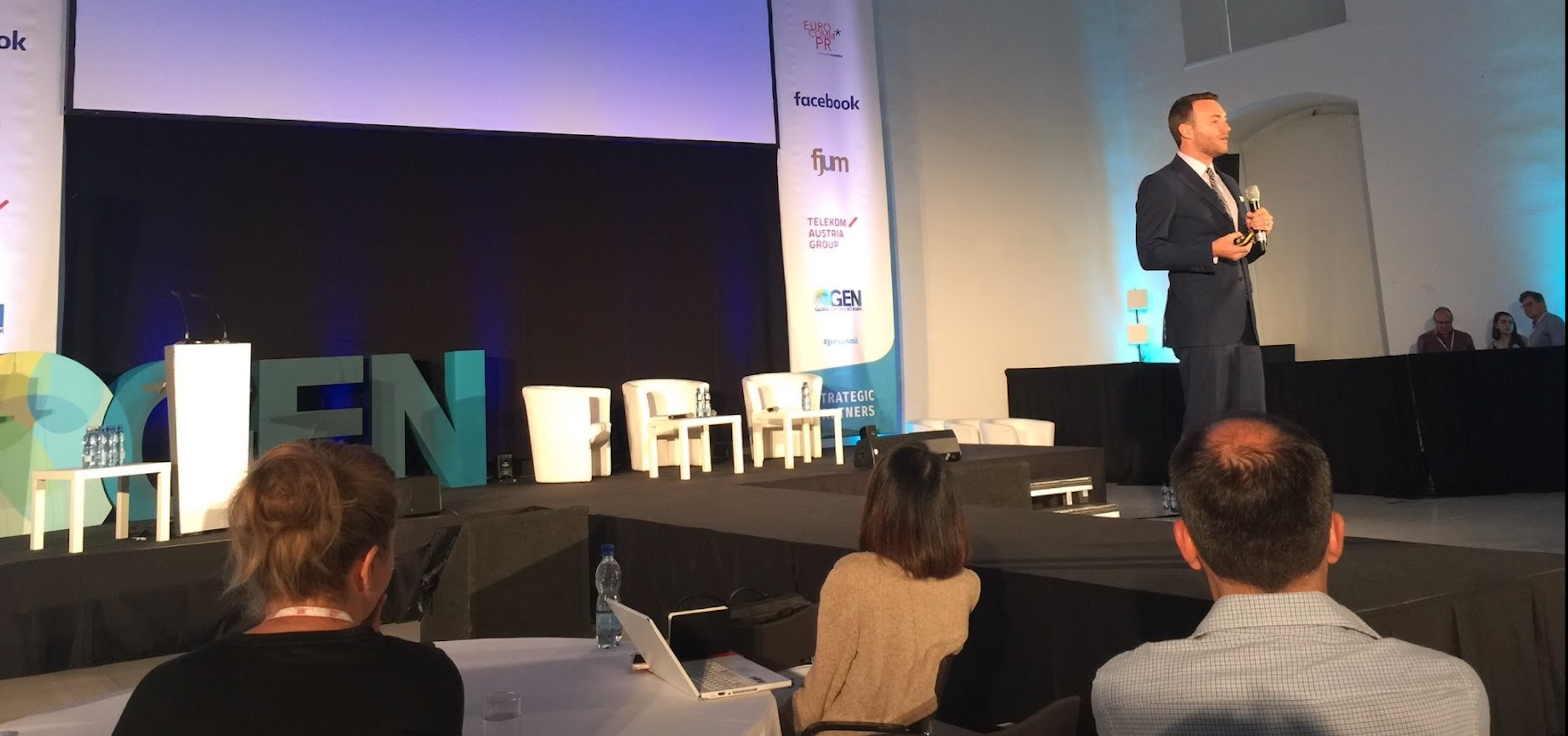The Art of Adjusting on the Fly

𝑻𝒉𝒆 𝑨𝒓𝒕 𝒐𝒇 𝑨𝒅𝒋𝒖𝒔𝒕𝒊𝒏𝒈 𝒐𝒏 𝒕𝒉𝒆 𝑭𝒍𝒚: 𝑯𝒐𝒘 𝒕𝒐 𝑴𝒂𝒌𝒆 𝒀𝒐𝒖𝒓 𝑷𝒂𝒏𝒆𝒍 𝑴𝒆𝒎𝒐𝒓𝒂𝒃𝒍𝒆
Moderating a panel is much like a live performance—unpredictable, dynamic, and ever-changing. As Samuel Burke, a seasoned moderator, aptly put it, “The most important aspect of a moderator is somebody who can adjust on the fly”. Whether it’s a sudden change in the panel’s topic, a last-minute switch of speakers, or breaking news that reshapes the conversation, a moderator’s ability to adapt is what separates a good panel from a memorable one.
Samuel’s approach to moderation isn’t just about being flexible – it’s about using that flexibility to create unforgettable moments. Here are three practical takeaways from our conversation with Samuel that highlight how to make your panel not just successful, but memorable.
- Getting the Key Answer: Start with the End in Mind
One of the most effective ways to ensure a panel resonates with the audience is to uncover the message your panellists are passionate about. Samuel advises, “Even if you know very little about your guest, know what’s going to bring out the best in them”. Before stepping onto the stage, take a moment to ask your panellists, “What is the message you are passionate about?” This simple question helps you discover the answer they want to give, allowing you to tailor your questions to elicit that response.
As Samuel highlights, “It’s not about asking the best questions, but finding the question that will bring out the best answer.” By starting with the end in mind – what you want the audience to remember – you can shape the conversation to hit that keynote.
- Create Intra-Panel Discussions: The Dinner Table Dynamic
A great panel isn’t just a series of questions and answers between the moderator and the panellists. It’s a dynamic conversation, much like a lively dinner table discussion where everyone is engaged and contributing. Samuel emphasizes the importance of getting panellists to interact with each other: “If you’ve done a good job, sometimes the moderator is not even involved in some parts of the discussion.”
To foster this dynamic, encourage panellists to speak directly to one another. For instance, you might say, “John, we know you disagree with Maria on this point. What do you think you could say to convince her to see things from your perspective?” This not only deepens the conversation but also makes it more engaging for the audience, who witness a genuine exchange of ideas rather than a series of rehearsed statements.
- Get the Audience Involved Early: Think Stand-Up Comedy, Not Theatre
Audience engagement is crucial to making a panel memorable. Samuel likens this to the difference between a stand-up comedy show and a theatre performance. In theatre, the audience passively watches, but in stand-up, there’s a constant awareness that the comedian might interact with them at any moment. This keeps the audience on their toes and deeply engaged.
“Once you’ve got the audience engaged, they’re much more likely to remember and value your discussion,” Samuel notes. He recommends involving the audience as early as possible, whether through simple techniques like asking them to raise their hands or more interactive approaches like taking audience questions. The key is to make the audience feel like they’re part of the conversation, not just observers.
In summary, a memorable panel is one where the moderator not only adjusts on the fly but also actively works to bring out the best in the panellists, create engaging interactions, and involve the audience. As Samuel Burke demonstrates through his approach, it’s about reading the room and then writing the room – using the real-time dynamics to craft an experience that resonates long after the conference ends.